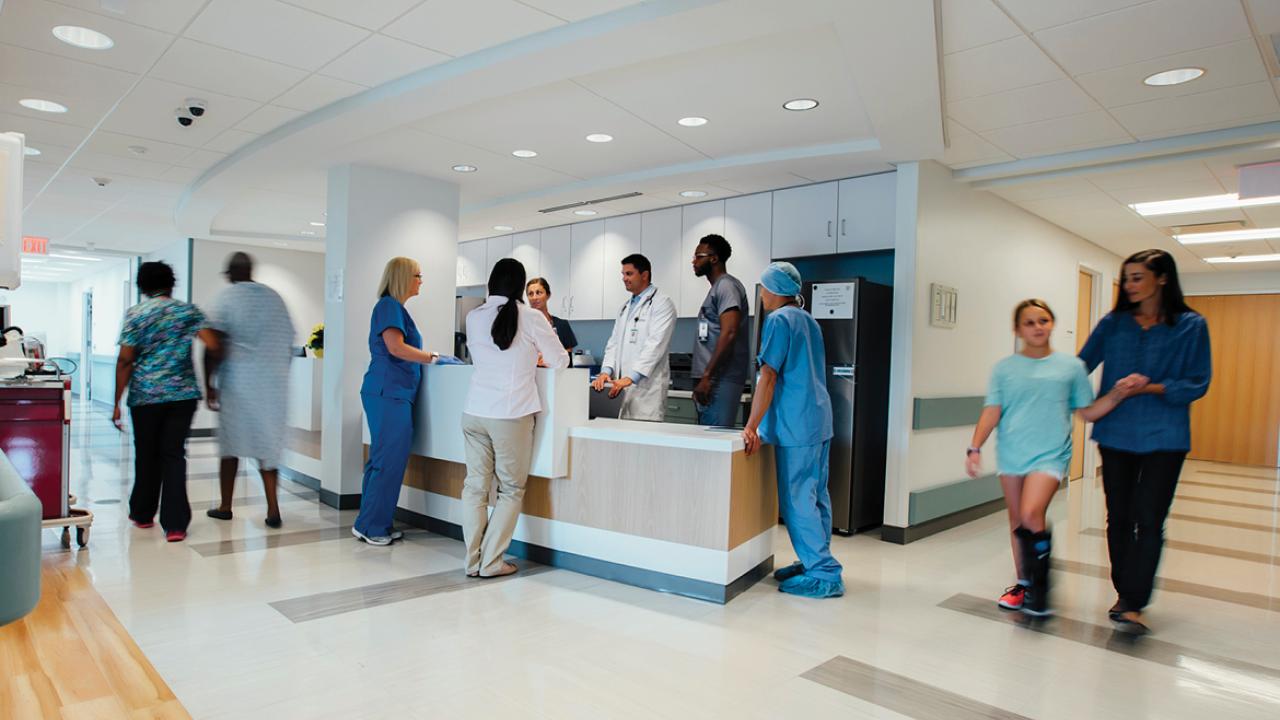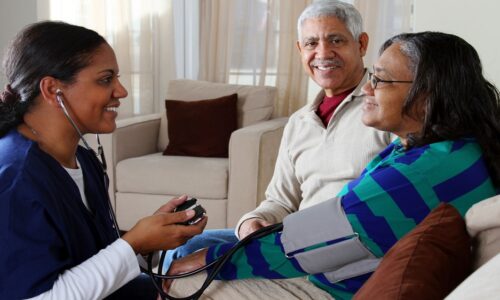Medical students’ clinical rotations have been severely disrupted across the world due to the Corona virus. A major reaction was mounted in some of the first nations to suffer a large-scale outbreak of COVID-19 infections. As a precaution, several medical schools halted clinical rotations, however owing to the indispensability of medical training, most medical schools resumed clinical rotations within 3 to 4 weeks, despite the continued epidemic. The student body was originally concerned about the resumption of clinical rotations. However, given the rapid communication and assurances about the actions taken by the faculty and medical school to safeguard the safety of all students, the clinical rotations were able to resume on track.

The influence of the pandemic on clinical education is yet unclear. Reduced number and quality of medical training, as well as the unidentified impact on students’ mental wellbeing, could have negative consequences, but on the other hand, this scenario could provide valuable guidance and support for our prospective healthcare system to gain experience with clinical excellence.
Despite the fact that there were few COVID-19 cases, the patient rate dropped as people began to avoid going to medical institutions, leading to a decrease in the overall number of hospitalizations, which had the prospect to affect students’ learning experience all through their clinical rotation. It limits students’ ability to speak with individuals or conduct physical tests on them, and supervisory meetings and evaluation time was reduced. Some supervisors made efforts to guarantee that excellent instruction was provided despite the difficult circumstances. COVID-19 offered an important opportunity for rotating clinical students, who’ve been able to observe the universal healthcare response given by medical professionals and health organizations up close and personal. Clinical rotations should be completed in any case, and it was a fantastic chance to understand what mindset a prospective physician ought to have,” and it was interesting to see how healthcare professionals dealt with the pandemic disease and how that approach worked out.
Initially, the influence on educational quality was fortunately less than anticipated. During the COVID-19 pandemic, the anticipated fall in in- and outpatient counts did not translate into a proportionally reduced chance for trainees to contact patients. This is due to the fact that medical students are often entrusted to a restricted group of patients due to their clinical capabilities. In certain ways, instead of just patient numbers, the educational offering by supervising doctors may be a significant driver of clinical educational standards. As the curriculums and chances for patient interaction vary with school, the experiences gained at different institutions may not be universally applicable to the rest of the world.
It’s unclear if such developmental opportunities can be continued over time; even at facilities with a low number of positive COVID-19 patients, administrators and instructors are pressed for time owing to their engagement in various COVID-19 countermeasures. If we see a more severe third wave, it’s uncertain if supervisory professionals would be willing to proceed and to participate in clinical education at almost the same capacity.




